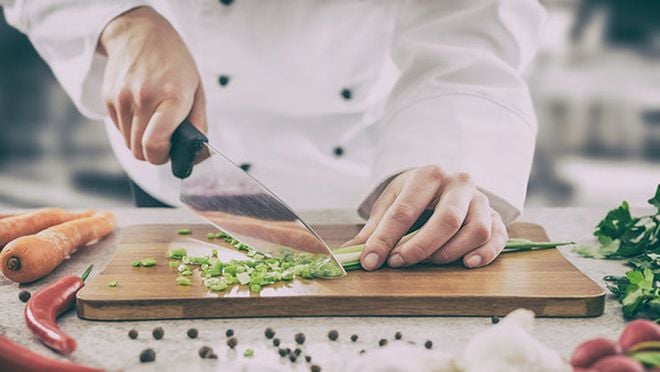
As the market for ethnic-inspired foods and farm-to-table meals continues to grow, many restaurant operators are experimenting with locally sourced products, plant-forward cuisine, and sustainable seafood. But in adapting to meet evolving consumer tastes, restaurants may find it difficult to stay on top of their evolving risks.
According to Marsh's 2017 Restaurant Loss Cost Trends Report, nearly one-quarter (24%) of all restaurant workers' compensation claims in 2016 were from cuts, punctures and scrapes. That made them the most frequent source of injury, and represented a substantial increase from 2012, when cuts, punctures and scrapes represented 15% of all workers' compensation claims.
Recommended For You
Want to continue reading?
Become a Free PropertyCasualty360 Digital Reader
Your access to unlimited PropertyCasualty360 content isn’t changing.
Once you are an ALM digital member, you’ll receive:
- Breaking insurance news and analysis, on-site and via our newsletters and custom alerts
- Weekly Insurance Speak podcast featuring exclusive interviews with industry leaders
- Educational webcasts, white papers, and ebooks from industry thought leaders
- Critical converage of the employee benefits and financial advisory markets on our other ALM sites, BenefitsPRO and ThinkAdvisor
Already have an account? Sign In Now
© 2025 ALM Global, LLC, All Rights Reserved. Request academic re-use from www.copyright.com. All other uses, submit a request to [email protected]. For more information visit Asset & Logo Licensing.








